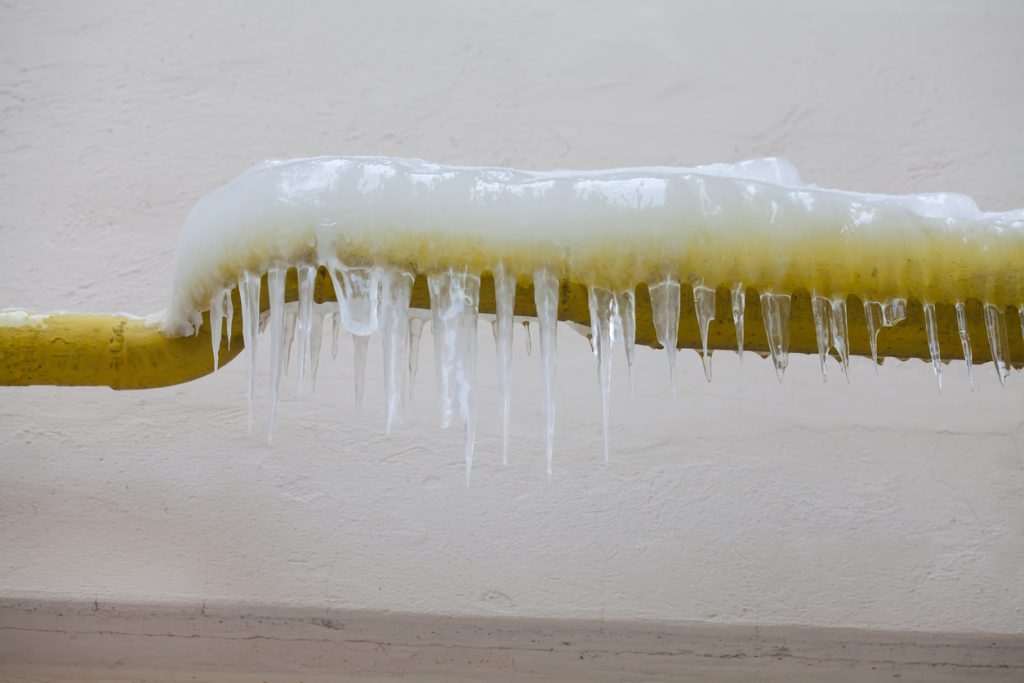Preventing Your Pipes from Cold Weather: Effective Methods
Preventing Your Pipes from Cold Weather: Effective Methods
Blog Article
Are you currently hunting for critical information on Winter Plumbing Precautions: Preventing Frozen Pipes?

Cold weather can damage your pipes, specifically by freezing pipelines. Here's exactly how to stop it from taking place and what to do if it does.
Intro
As temperature levels decline, the risk of icy pipelines rises, potentially resulting in expensive fixings and water damage. Recognizing just how to prevent icy pipelines is vital for house owners in cool environments.
Prevention Tips
Insulating at risk pipelines
Wrap pipelines in insulation sleeves or utilize warmth tape to safeguard them from freezing temperatures. Focus on pipes in unheated or exterior areas of the home.
Heating techniques
Keep interior rooms appropriately heated up, especially areas with pipes. Open up cupboard doors to allow cozy air to flow around pipes under sinks.
Exactly how to determine icy pipes
Search for decreased water flow from faucets, unusual odors or noises from pipes, and visible frost on subjected pipelines.
Long-Term Solutions
Structural adjustments
Consider rerouting pipes far from exterior wall surfaces or unheated areas. Add extra insulation to attic rooms, basements, and crawl spaces.
Upgrading insulation
Buy top quality insulation for pipes, attic rooms, and walls. Appropriate insulation assists preserve consistent temperatures and lowers the danger of frozen pipelines.
Securing Outdoor Plumbing
Garden tubes and exterior taps
Detach and drain yard pipes before winter months. Mount frost-proof faucets or cover outdoor faucets with protected caps.
Recognizing Icy Pipes
What triggers pipelines to ice up?
Pipes ice up when exposed to temperatures below 32 ° F (0 ° C) for prolonged durations. As water inside the pipes ices up, it expands, putting pressure on the pipeline walls and possibly creating them to burst.
Dangers and problems
Frozen pipes can bring about water system disturbances, residential property damages, and expensive repair services. Ruptured pipes can flooding homes and cause considerable structural damages.
Signs of Frozen Water Lines
Determining icy pipes early can prevent them from rupturing.
What to Do If Your Pipelines Freeze
Immediate actions to take
If you believe frozen pipes, keep faucets open up to relieve pressure as the ice melts. Use a hairdryer or towels taken in hot water to thaw pipelines gradually.
Conclusion
Avoiding frozen pipelines needs positive procedures and fast actions. By recognizing the reasons, indications, and preventive measures, house owners can secure their pipes during cold weather.
5 Ways to Prevent Frozen Pipes
Drain Outdoor Faucets and Disconnect Hoses
First, close the shut-off valve that controls the flow of water in the pipe to your outdoor faucet. Then, head outside to disconnect and drain your hose and open the outdoor faucet to allow the water to completely drain out of the line. Turn off the faucet when done. Finally, head back to the shut-off valve and drain the remaining water inside the pipe into a bucket or container. Additionally, if you have a home irrigation system, you should consider hiring an expert to clear the system of water each year.
Insulate Pipes
One of the best and most cost-effective methods for preventing frozen water pipes is to wrap your pipes with insulation. This is especially important for areas in your home that aren’t exposed to heat, such as an attic. We suggest using foam sleeves, which can typically be found at your local hardware store.
Keep Heat Running at 65
Your pipes are located inside your walls, and the temperature there is much colder than the rest of the house. To prevent your pipes from freezing, The Insurance Information Institute suggests that you keep your home heated to at least 65 degrees, even when traveling. You may want to invest in smart devices that can keep an eye on the temperature in your home while you’re away.
Leave Water Dripping
Moving water — even a small trickle — can prevent ice from forming inside your pipes. When freezing temps are imminent, start a drip of water from all faucets that serve exposed pipes. Leaving a few faucets running will also help relieve pressure inside the pipes and help prevent a rupture if the water inside freezes.
Open Cupboard Doors
Warm your kitchen and bathroom pipes by opening cupboards and vanities. You should also leave your interior doors ajar to help warm air circulate evenly throughout your home.

Do you like reading up on Helpful Tips to Prevent Frozen Pipes this Winter? Place a remark below. We would be delighted to listen to your responses about this content. In hopes that you come back again soon. Sharing is caring. Helping others is fun. Thank you so much for your time spent reading it.
Hire A Pro Report this page